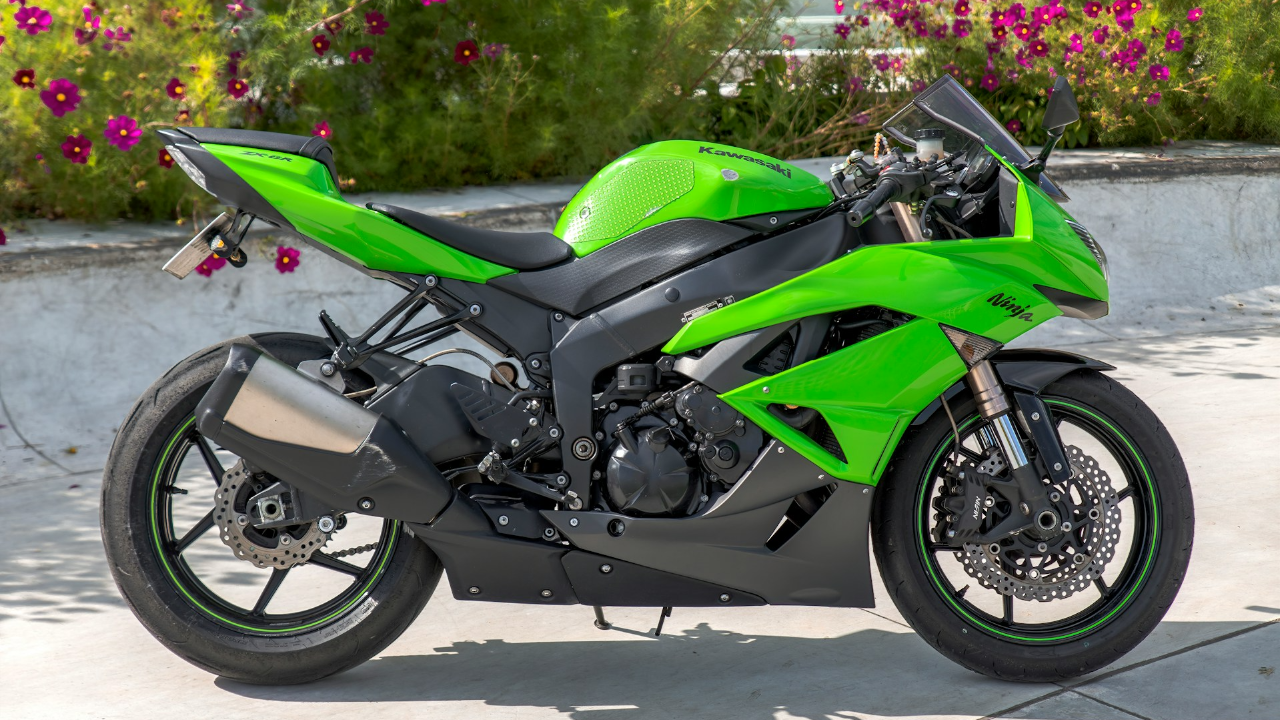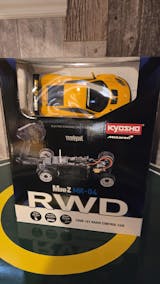The Kawasaki Ninja series is one of the most iconic names in the world of sportbikes. Known for its cutting-edge technology, thrilling performance, and sleek design, the Ninja has captured the hearts of motorcycle enthusiasts around the globe. In this blog post, we'll explore the rich history of the Kawasaki Ninja, its evolution, and how it relates to the earlier GPZ and ZX models.
The Origins of the Ninja
The Birth of a Legend: 1984

The Kawasaki Ninja brand was born in 1984 with the introduction of the Ninja 900 (ZX900). This motorcycle was a game-changer, blending a powerful 908cc inline-four engine with a lightweight chassis, producing around 115 horsepower. With a top speed exceeding 140 mph, the Ninja 900 set a new standard for sportbikes and established Kawasaki as a major player in the motorcycle industry. Its aggressive design and advanced features attracted a wide range of riders, from casual enthusiasts to serious racers.
The Influence of the GPZ Series
To understand the Ninja's significance, we must look back at the GPZ series, which laid the groundwork for sport-oriented motorcycles at Kawasaki. Launched in the early 1980s, models like the GPZ900R introduced advanced technologies such as liquid cooling and digital instrumentation. The GPZ series was a blend of sport and touring, appealing to a diverse audience by combining performance with comfort.

The GPZ900R, in particular, is often seen as a precursor to the Ninja, setting the stage for the performance-oriented direction that the Ninja brand would take.
The Rise of the ZX Series
In the late 1980s, Kawasaki introduced the ZX series, marking a pivotal shift in its approach to sportbike design. This line emphasized speed, agility, and advanced technology, setting the stage for a new era in high-performance motorcycles.
Ninja ZX-11 (1990)

Launched in 1990, the ZX-11 became one of the fastest production motorcycles of its time, boasting a powerful 1,052cc engine. This model showcased Kawasaki’s commitment to pushing performance boundaries and quickly gained a reputation for its impressive speed and handling.
Ninja ZX-6R (1995)

Introduced in 1995, the ZX-6R was designed for both street and track use. It featured a 599cc engine and became known for its lightweight construction and agile handling. The ZX-6R set the standard for middleweight sportbikes and continues to be a popular choice among riders.
Ninja ZX-10R (2004)

The ZX-10R debuted in 2004 and marked a significant leap in Kawasaki's sportbike offerings. With a 998cc engine producing around 170 horsepower, it emphasized lightweight construction and cutting-edge technology, quickly establishing itself as a dominant force on the racetrack.
The Modern Ninja: Continuation of a Legacy
Current Models

Today, the Ninja lineup continues to thrive with updated versions of the Ninja ZX-6R and ZX-10R. These models feature refined designs, advanced electronics, and improved handling characteristics. The ZX-6R maintains its status as a versatile sportbike, while the ZX-10R incorporates the latest technology for enhanced control and performance.

The H2: A New Benchmark
In 2015, Kawasaki introduced the Ninja H2, equipped with a supercharged 998cc engine capable of producing over 300 horsepower. This model pushed the boundaries of motorcycle engineering, aimed at high-performance enthusiasts and setting new standards in speed and performance.

The Kawasaki Ninja series represents a remarkable journey from the early GPZ models to the high-performance machines of today. With a rich history of innovation, performance, and racing success, the Ninja has become a staple in the sportbike community.
As Kawasaki continues to push the boundaries of motorcycle technology, the legacy of the Ninja lives on, promising thrilling rides and unforgettable experiences for generations to come. So gear up and join the ranks of Kawasaki Ninja enthusiasts around the world—experience the thrill of the ride!














